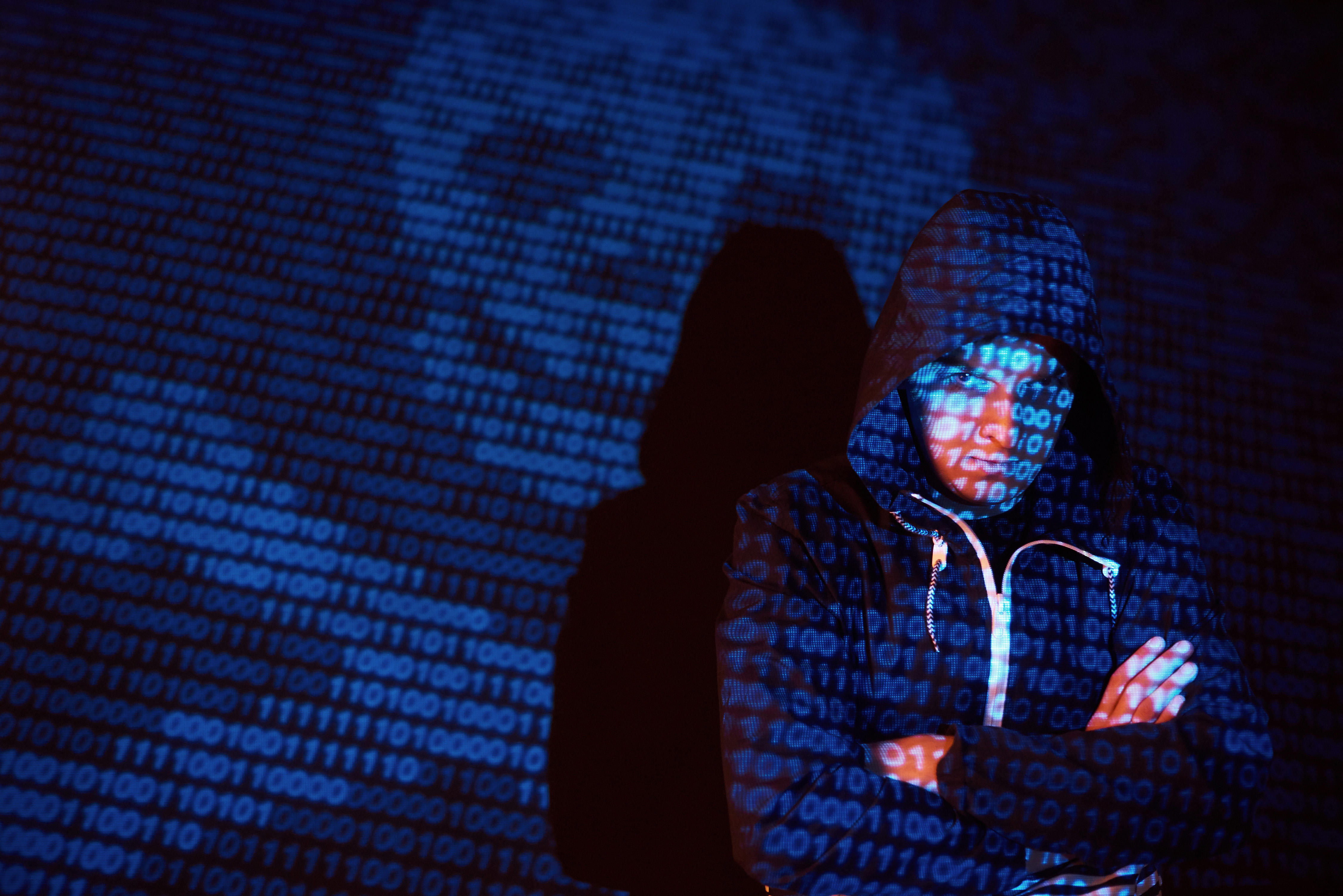4 steps to avoid a ransomware attack
Educational institutions have an urgent reason to put data security and backup at the top of their agenda: the rising threat of ransomware. Security firm BlackFog reports that the education sector is now the top target for ransomware attacks, surpassing government and healthcare.
In one recent case, the Los Angeles Unified School District, which has more than 540,000 students and 70,000 employees, suffered a ransomware attack that blocked email, computer systems, and applications. Following the attack, Vice Society, a Russian-speaking group that claimed responsibility for the breach, released a 500GB cache of data that appeared to contain personal information, including passport details, Social Security numbers, and tax forms, according to reports.
A successful cyberattack on a school can have far-reaching and devastating consequences. Not only does it come with a high financial cost, but it also disrupts the core function of education by making resources inaccessible, potentially leading to a loss of sensitive information such as HR and MIS data. Furthermore, it diverts valuable time and resources away from the primary goal of educating students.
Cybersecurity is a shared responsibility, and it boils down to this: In cybersceurity, the more systems we secure, the more secure we all are.Jeh Johnson
As bad as the threat is, it could get worse—the increase in remote learning after the pandemic has expanded the attack surface. Before the pandemic, e-learning was not so widespread. However, with many more people now accessing educational networks from remote locations, cybercriminals can exploit many more entry points, putting added pressure on schools. With the rise of hybrid education models, in which students attend in-person and online classes, the risk of cyberattacks increases, highlighting the need for comprehensive security measures to safeguard educational institutions and their students.







